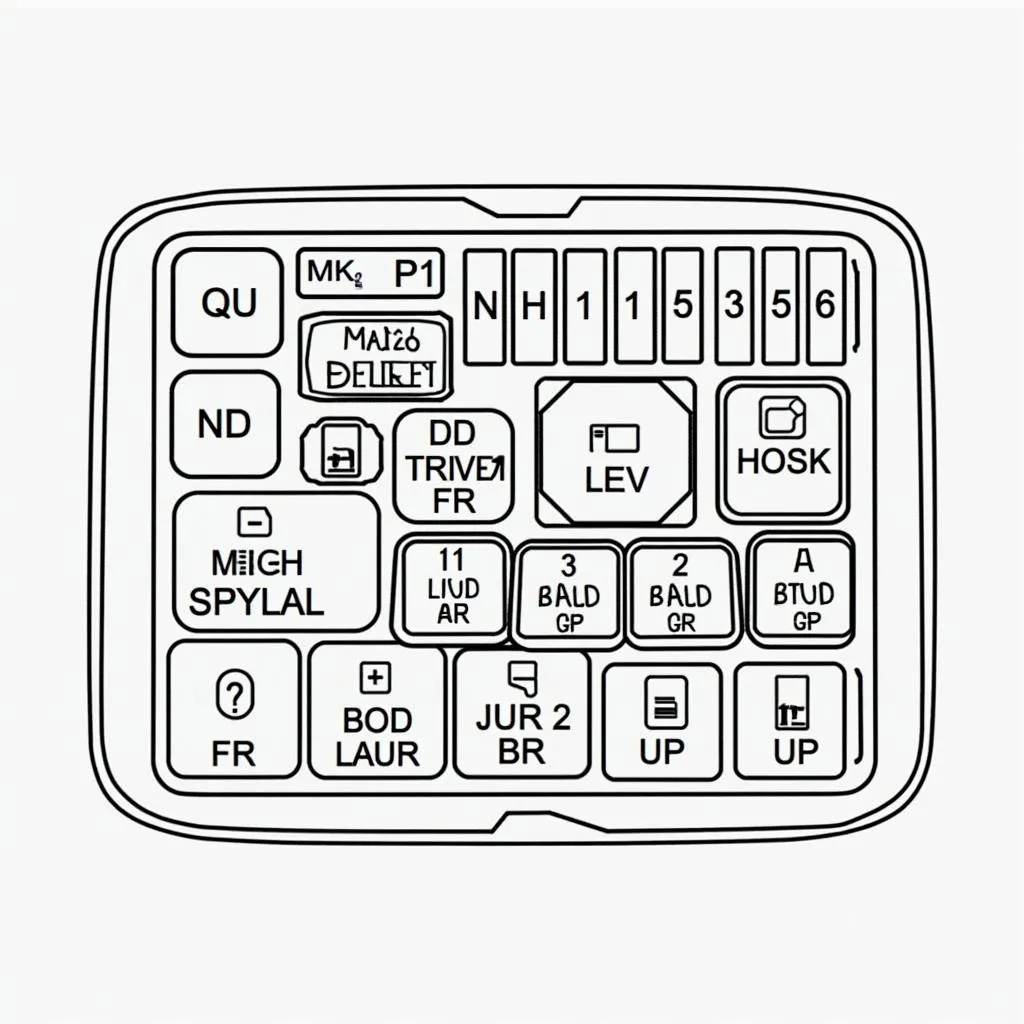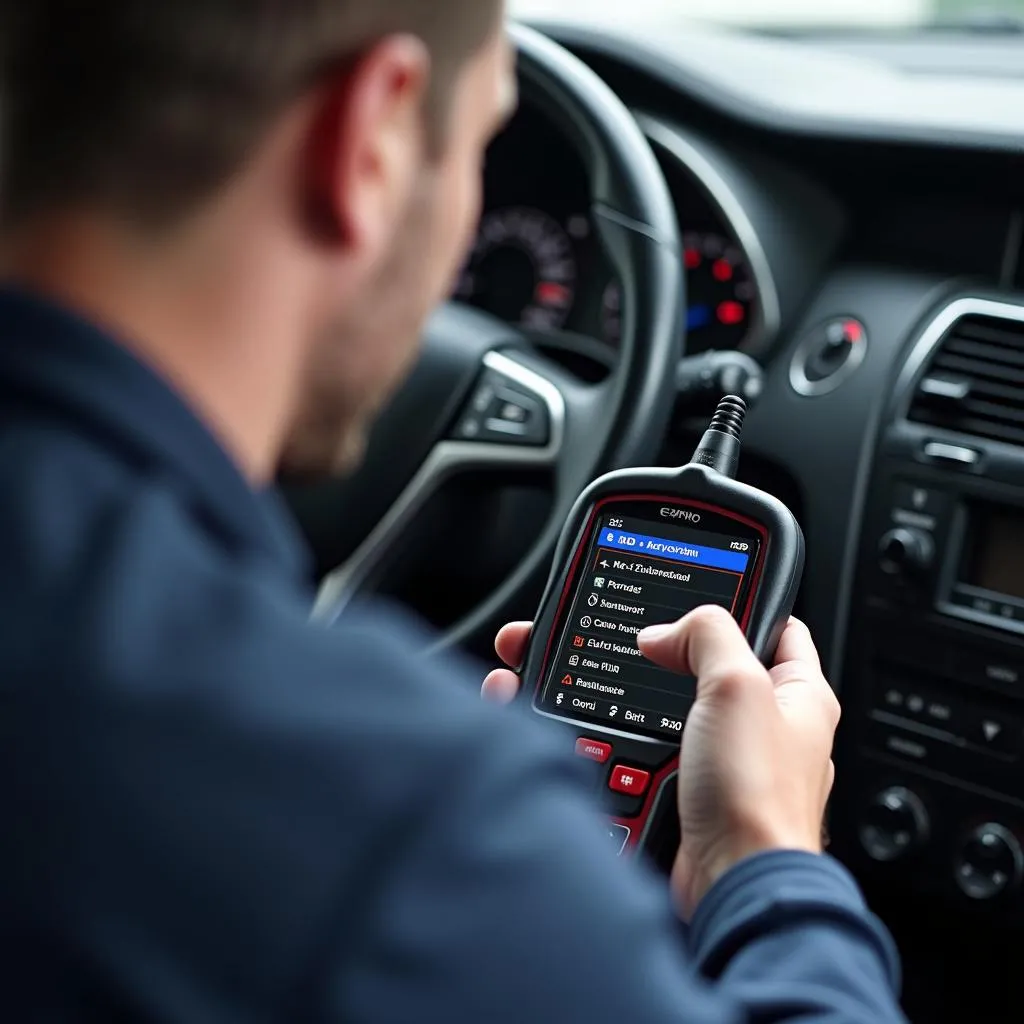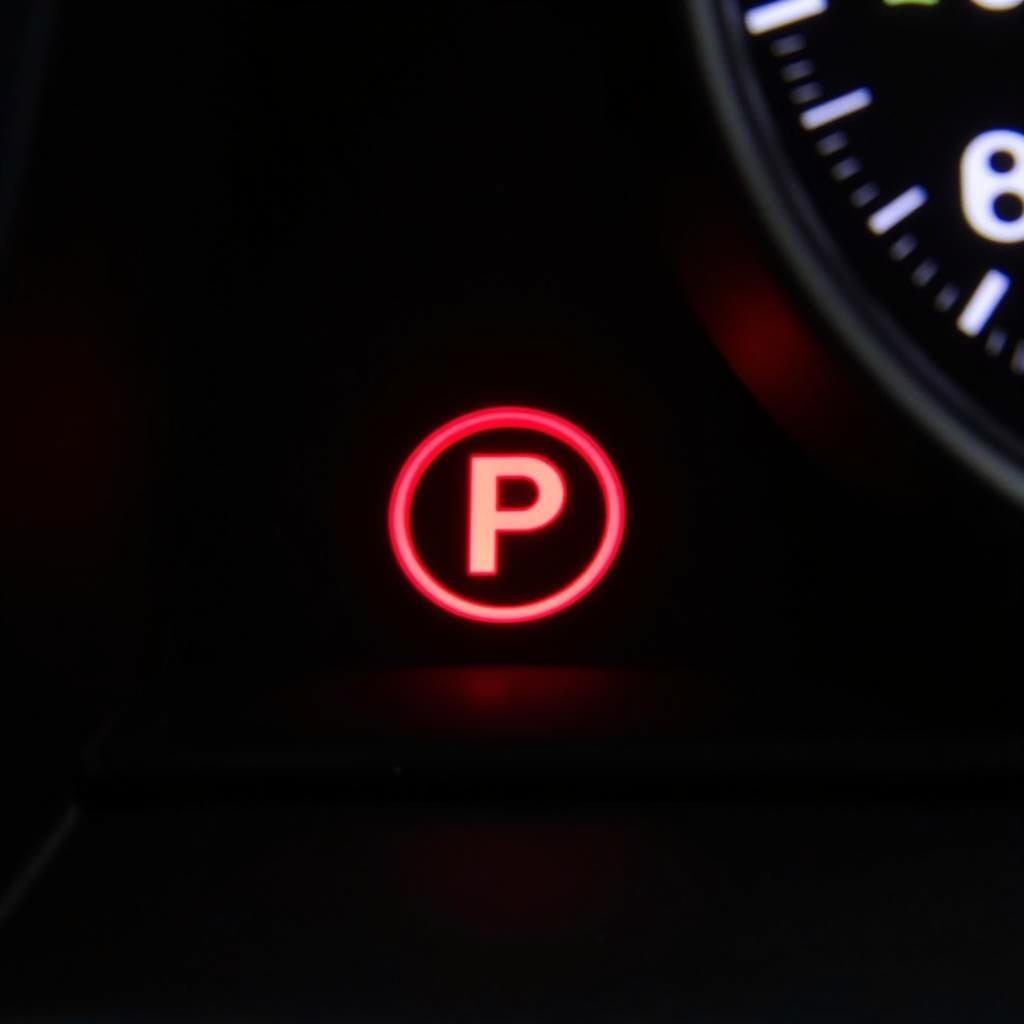Experiencing car trouble and suspect your anti-theft system might be the culprit? A malfunctioning anti-theft system can lead to frustrating issues like a car that won’t start or a constantly blaring alarm. One potential cause could be a blown fuse linked to your car’s anti-theft system. But how do you pinpoint which fuse is for anti-theft? This guide will walk you through the process of identifying and potentially replacing the anti-theft fuse.
Understanding Your Car’s Anti-theft System and Fuses
Before we dive in, it’s helpful to understand the basics. Your car’s anti-theft system is designed to deter theft, often utilizing components like an alarm, immobilizer, or both. Like other electrical systems in your car, the anti-theft system relies on fuses to protect its circuitry from power surges. A blown fuse can disrupt the flow of electricity, causing parts or the entire system to malfunction.
Identifying the Anti-theft Fuse
Locating the anti-theft fuse involves a bit of detective work. Here’s a step-by-step approach:
- Consult Your Owner’s Manual: Your owner’s manual is your best friend in this situation. It will usually have a dedicated section detailing the fuse box locations (often under the dashboard, under the hood, or in the trunk) and a fuse diagram that clearly labels each fuse and its corresponding function.
- Look for Keywords: When examining the fuse diagram, search for keywords like “anti-theft,” “security,” “alarm,” “immobilizer,” or similar terms. The fuse you’re looking for might be labeled with one of these.
- Check the Fuse: Once you’ve located the suspected fuse, visually inspect it. A blown fuse will have a broken wire or a darkened/melted appearance inside the plastic housing.
 Blown Car Fuse
Blown Car Fuse
What You’ll Need
If you suspect a blown anti-theft fuse, gather these items:
- Replacement Fuse: Ensure the replacement fuse has the same amperage rating as the original. This information is usually printed on the fuse itself or indicated in the owner’s manual.
- Fuse Puller or Needle-Nose Pliers: These tools make removing and replacing fuses easier and safer.
Replacing the Anti-theft Fuse
Caution: Working with electrical components can be dangerous. If you’re uncomfortable with the process, it’s best to consult a qualified mechanic.
- Disconnect the Battery: Before handling any fuses, disconnect the negative (usually black) terminal of your car battery as a safety precaution.
- Remove the Blown Fuse: Carefully use the fuse puller or pliers to extract the blown fuse from its slot.
- Install the New Fuse: Align the new fuse with the empty slot and gently press it into place until it’s secure.
- Reconnect the Battery: Once the fuse is replaced, reconnect the negative battery terminal.
- Test the System: Turn on your car and check if the anti-theft system is functioning correctly.
 Car Fuse Box Diagram
Car Fuse Box Diagram
FAQs
Q: Can I use a fuse with a different amperage?
A: No, using a fuse with a different amperage rating can be dangerous. It can either lead to insufficient protection or cause damage to the electrical system. Always use the correct amperage specified in your owner’s manual.
Q: I replaced the fuse, but the anti-theft system still isn’t working. What now?
A: If replacing the fuse doesn’t resolve the issue, there might be a more complex problem with your anti-theft system or related wiring. In such cases, it’s highly recommended to seek professional diagnosis and repair. Advanced diagnostic tools, like those offered by Cardiagtech, can help pinpoint the root cause of the problem quickly and efficiently.
Q: Can aftermarket car alarms cause fuse problems?
A: Yes, sometimes the installation of aftermarket car alarms, especially if not done correctly, can create electrical issues, including blown fuses. If you’ve recently had an aftermarket alarm installed and are experiencing problems, consult with a qualified auto electrician.
Expert Insight: “Anti-theft systems can be intricate. When in doubt, always consult your owner’s manual or a trusted mechanic,” advises automotive electronics specialist Dr. Sarah Jones, author of “Modern Automotive Electronics Demystified.”
 Car Diagnostic Tool
Car Diagnostic Tool
Need Further Assistance?
CARDIAGTECH offers a range of advanced automotive diagnostic solutions that can help pinpoint and diagnose even the most complex car problems. Connect with us today to explore how our products and services can get your car back on the road quickly and safely.


